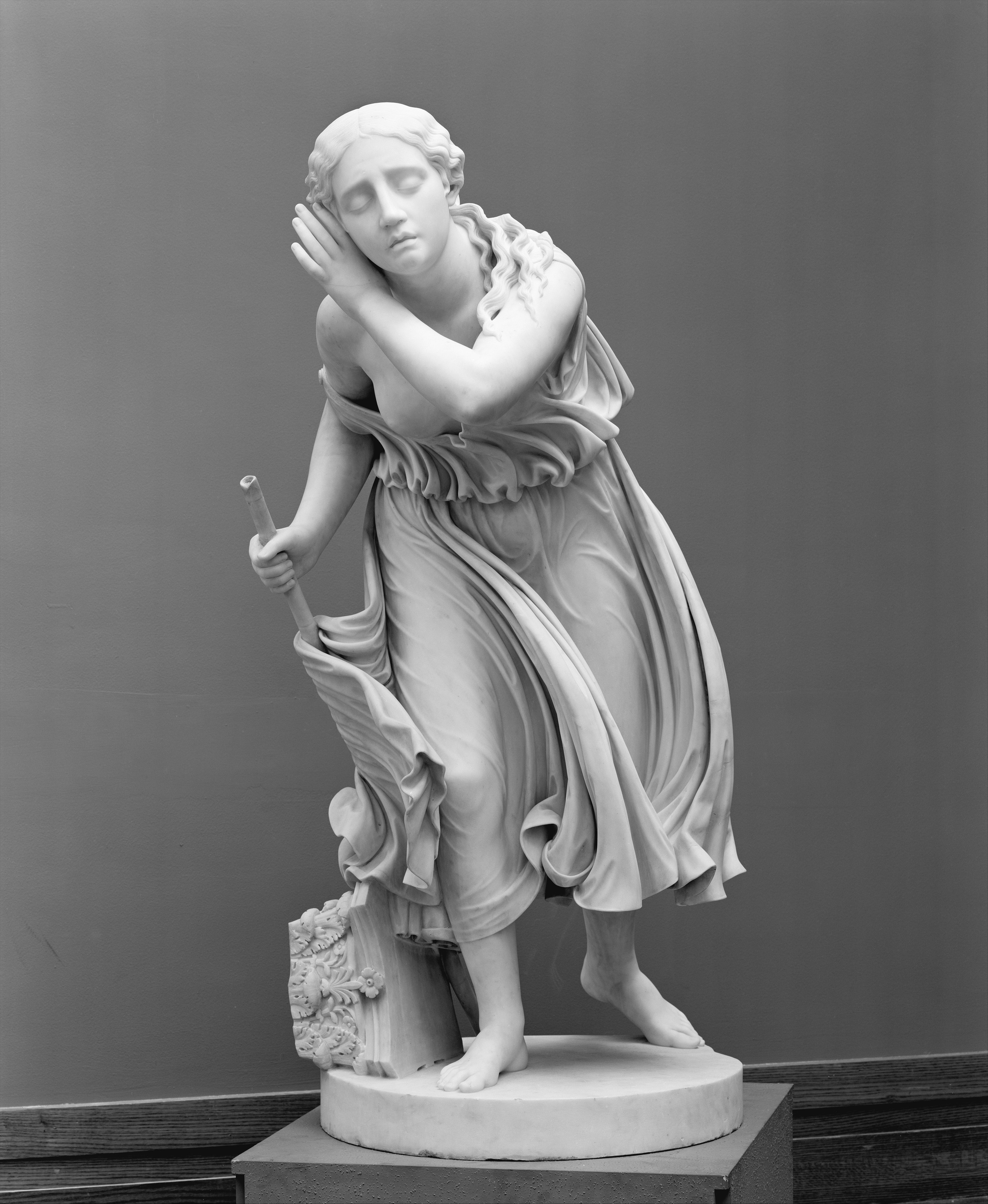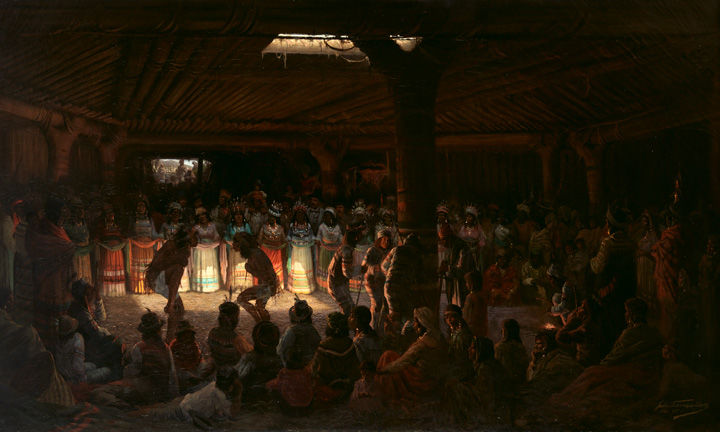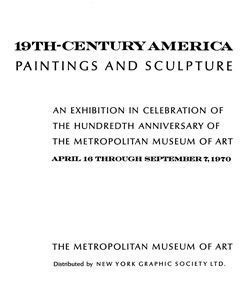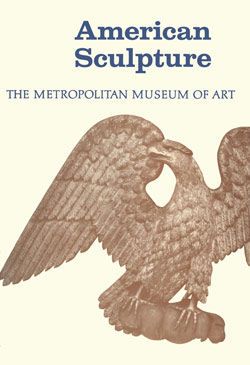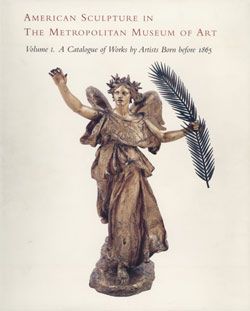Nydia, the Blind Flower Girl of Pompeii
Randolph Rogers American
"Nydia, the Blind Flower Girl of Pompeii" was the most popular American sculpture of the nineteenth century. According to Rogers, it was replicated 167 times in two sizes. The subject was drawn from "The Last Days of Pompeii" (1834), a widely read novel by Lord Edward Bulwer-Lytton, which ends with the eruption of Mount Vesuvius in a.d. 79. Rogers’s evocative portrayal of Nydia highlights her heroic attempt to lead two companions out of the burning, ash-covered city. Her closed eyes and staff allude to her blindness, while the hand raised to her ear refers to her acute sense of hearing. The destruction of Pompeii is symbolized by the broken Corinthian capital beside her right foot.
#99. Nydia, the Blind Flower Girl of Pompeii, Part 1
-
99. Nydia, the Blind Flower Girl of Pompeii, Part 1
-
99. Nydia, the Blind Flower Girl of Pompeii, Part 2
-
99. Nydia, the Blind Flower Girl of Pompeii, Part 3
Playlist
Due to rights restrictions, this image cannot be enlarged, viewed at full screen, or downloaded.
This artwork is meant to be viewed from right to left. Scroll left to view more.


